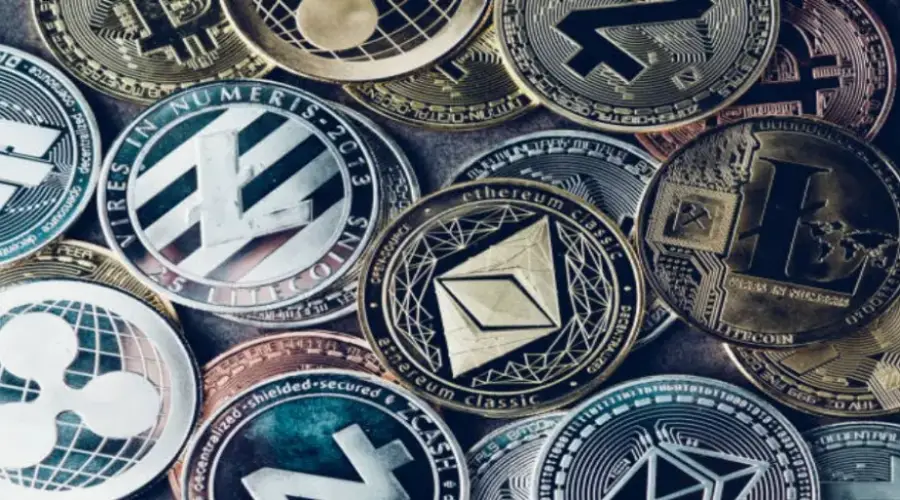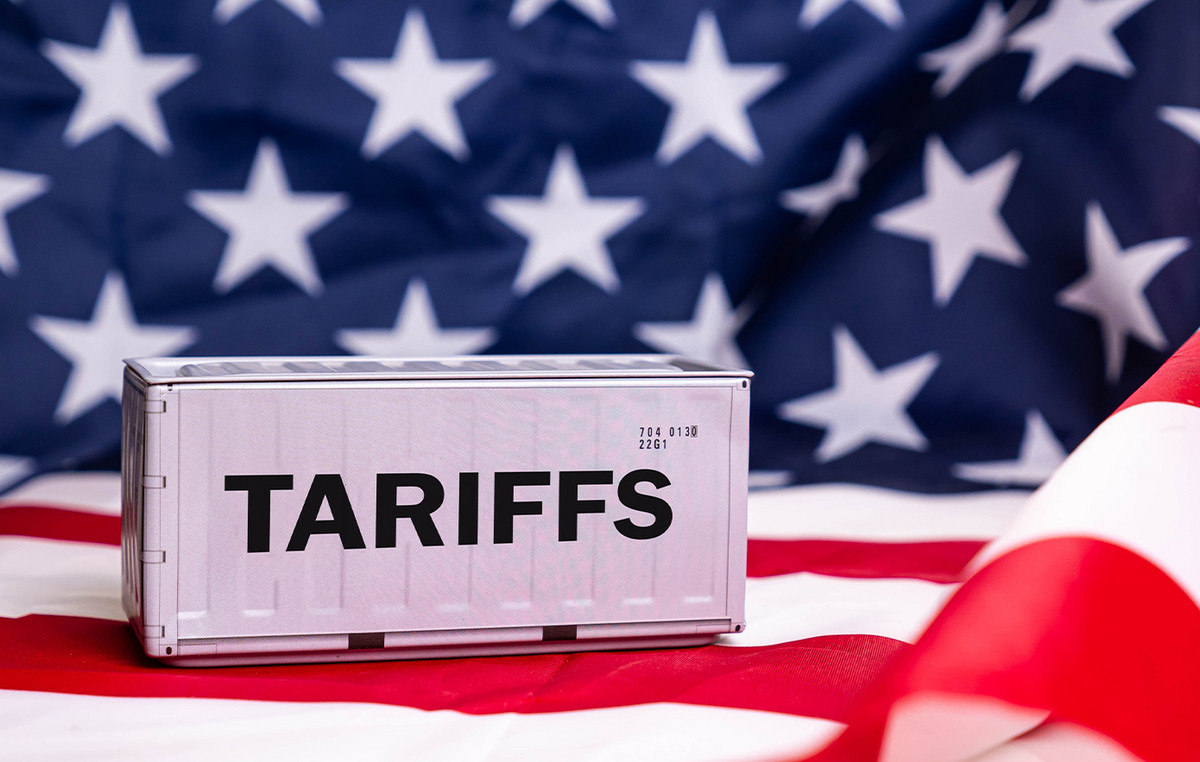Year after year, it is common for April 1st to be marked by pranks and pranks. That’s because the date is known in many countries as April Fool’s Day.
In addition to pranks between friends, big brands and even communication vehicles have already used the date to play pranks.
But why is this date known as April Fools’ Day? Check below:
“Fake news” day
Some journalistic vehicles have already decided to play with the date and create “fake news” to deceive readers and viewers. Some of the most notable were created by the BBC, the UK’s public news network.
In 1980, the channel sparked public outrage when it announced that the world’s most famous clock, Big Ben, would be replaced by a digital clock and renamed “Digital Dave”. The joke sparked outrage from some British viewers, who were unhappy with the changes in national heritage and sent complaints to the broadcaster.

On April 1, 1992, the United States’ National Public Radio (NPR) announced that former President Richard Nixon would run again for the country’s highest political office.
The news would have caused less fanfare had any other names been announced, but Nixon had been ousted in 1974 after the long political scandal known as Watergate. To complete the prank, the announcement was made on the radio by Rich Little, a comedian who imitated Nixon.
The Liberty Bell is a historic landmark of the city of Philadelphia, Pennsylvania, in the United States: it was used to summon the citizens of Philadelphia to the first public reading of the country’s Declaration of Independence in 1776.
On April 1, 1996, the fast food chain Taco Bell announced in major newspapers such as the “Philadelphia Inquirer”, the “New York Times” and the “Washington Post”, that it had purchased the monument to help “reduce debt national”.

In 2008, the “BBC” released a video on April 1 that showed a supposed new species of penguins that would have the ability to fly. The prank amused viewers and is still remembered by many in the UK.
History
Although there are some versions of the origin of April Fools’ Day, the most popular one states that the consecration took place in the year 1582, when the Julian calendar was replaced by the Gregorian calendar, which we use until today – and the French would be to blame. .
In the old calendar, the New Year was celebrated from the 25th of March, the beginning of spring in the Northern Hemisphere, until the 1st of April. This system, however, did not consider the Earth’s translation (the movement that the planet makes around the Sun), and generated considerable lags in the dates.
In 1582, at the Council of Trent, an important meeting of the Catholic Church, Pope Gregory XIII suggested updating the calendar, thus creating the current one, which establishes the first day of the year on January 1.
A part of the French population, dissatisfied with the change, would have decided not to follow the new order, and kept the party as it was before. This act turned them into a target of ridicule from the rest of society, who started calling them to non-existent New Year parties and making fun of the celebration.
In Brazil, the first prominent record of the commemoration of the date appears in 1828, when the Minas Gerais printed newspaper “A Mentira” falsely brought in its first edition the death of Dom Pedro I – on April 1st.
Source: CNN Brasil
I’m Robert Neff, a professional writer and editor. I specialize in the entertainment section, providing up-to-date coverage on the latest developments in film, television and music. My work has been featured on World Stock Market and other prominent publications.







